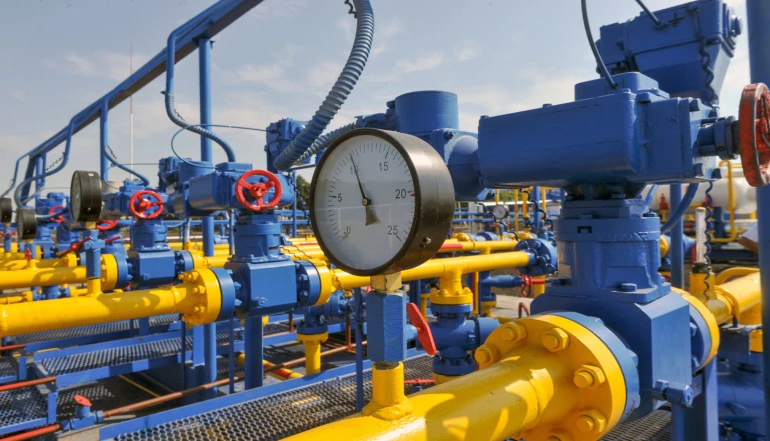Gas Measuring Systems: Ensuring Safety and Precision in Gas Monitoring
Gas measuring systems are critical tools used across various industries to monitor, measure, and analyze different gases in the atmosphere. These systems play a vital role in ensuring workplace safety, environmental compliance, industrial process control, and research applications. Accurate gas measurement is essential for understanding gas concentrations, potential hazards, and the impact of gases on both human health and the environment.
Key Components of Gas Measuring Systems:
-
Gas Sensors:
Gas sensors are the primary components of gas measuring systems. They detect and quantify the presence of specific gases by interacting with the gas molecules and producing electrical signals proportional to the gas concentration.
-
Signal Processing Unit:
The signal processing unit receives the electrical signals from gas sensors and processes the data to calculate the gas concentration. This unit often includes amplifiers, filters, and analog-to-digital converters.
-
Display and Data Storage:
Gas measuring systems are equipped with displays to present real-time gas concentration values to the user. Data storage capabilities allow for recording and analyzing gas concentration trends over time.
-
Communication Interface:
Modern gas measuring systems often have communication interfaces (e.g., Ethernet, USB, wireless) to facilitate data transfer to external devices such as computers or control systems. This enables remote monitoring and integration with larger industrial systems.
-
Power Supply:
Gas measuring systems require a reliable power supply, typically electric or battery-powered, to ensure continuous and uninterrupted operation.
Types of Gas Measuring Systems:
-
Fixed Gas Monitoring Systems:
Fixed gas measuring systems are stationary and permanently installed in specific locations to continuously monitor gas concentrations in areas such as industrial facilities, laboratories, or critical infrastructure. They provide real-time data and early warning in case of hazardous gas levels.
-
Portable Gas Detectors:
Portable gas detectors are compact and designed for mobility. They are commonly used by industrial workers, emergency responders, and environmental professionals to measure gas concentrations in various locations quickly and accurately.
-
Open Path Gas Detectors:
Open path gas detectors use beams of light to detect gases over a certain distance between a transmitter and a receiver. They are ideal for monitoring gases in open areas and detecting leaks or emissions.
-
Wireless Gas Monitoring Systems:
Wireless gas measuring systems use wireless communication technology to transmit gas concentration data to a central control unit. They offer flexibility and ease of installation in locations where wired connections are not feasible.
Benefits of Gas Measuring Systems:
-
Safety Assurance: Gas measuring systems play a crucial role in ensuring the safety of workers and the environment by promptly detecting and alerting to the presence of hazardous gases.
-
Regulatory Compliance: Industries must comply with safety and environmental regulations, and gas measuring systems aid in meeting these compliance requirements by monitoring and reporting gas emissions and concentrations.
-
Process Optimization: Gas measuring systems help industries optimize processes by enabling precise control over gas levels, thereby enhancing operational efficiency and reducing resource consumption.
-
Environmental Monitoring: Gas measuring systems contribute to environmental stewardship by monitoring emissions, assessing air quality, and aiding in pollution control efforts.
In summary, gas measuring systems are indispensable tools for maintaining safety, regulatory compliance, and efficiency across diverse industries. With continuous advancements in technology, these systems are becoming more sophisticated, providing higher accuracy, remote monitoring capabilities, and seamless integration into industrial processes.


